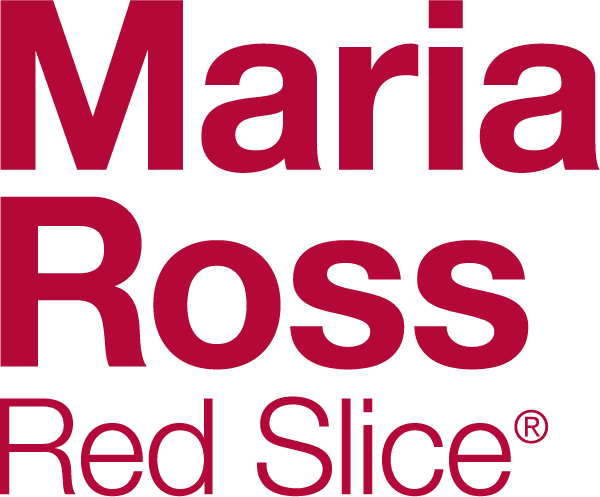Here’s a peek at a case study that will be featured in my upcoming book, Branding Basics for Small Business, due out this Spring/Summer:
A strong brand strategy does not remain stagnant; it can evolve to adapt to changing demands and dynamics while still staying close to its roots. Sharelle Klaus, Founder and CEO of DRY Soda Company (www.drysoda.com), has evolved her strategy while still staying true to her mission of creating a new soda category. Sharelle saw a market need for a modern non-alcoholic beverage when she was pregnant and couldn’t drink alcohol. As a food and wine lover, she grew frustrated with the lack of options available to pair with fine meals. Sharelle hoped for a drink that was simple, all-natural, caffeine-free, low in sugar and made with the highest quality ingredients – a beverage that could complement great food or act as a light refreshment on its own. DRY Sodas come in seven flavors: cucumber, vanilla bean, juniper berry, lavender, lemongrass, kumquat and rhubarb. DRYs brand is modern, all-natural, well-designed and sophisticated and this is conveyed through their gorgeous bottles, their visual identity and the fact that DRY is found in high-end restaurants, stores and at food and wine events.
As the brand grew, they protected it by carefully choosing high-end distribution partners and initially did not want to mass market it in any way. However, consumers’ beverage choices are changing and wellness has become a bigger priority to everyone, not just the higher-end market. People are cutting down on sugar and First Lady Michelle Obama has unveiled an initiative to fight childhood obesity. The New England Journal of Medicine asked soda companies to lower their sweetness level and DRY Soda was the only one that met the requirement. In keeping with their brand as a “modern soda company” they had to evolve the strategy to meet consumers where they are today. So they increased their flavor choices to include more mainstream preferences, decreased their price point to stay competitive, and opened up distribution channels. They are looking to begin selling through Target in 2011, a mass market brand but one with cache and sophistication that aligns well with DRY.
They are staying true to the brand by still choosing those distribution partners carefully. Partners that do not align with their carefully cultivated brand values will be turned down. As they open up distribution, DRY is finding which “brand levers” work in different markets. But they stay on course to the original brand values of all-natural, sophisticated, modern and well-designed so as not to alienate their early adopters.
“We still need to build the brand customer by customer even though we are expanding our reach,” says Sharelle. “We always want any new consumer’s first experience with DRY to be consistent with the brand and you tell your brand story by where people can find you. We build our brand region by region so people can develop strong emotional attachments– and that approach influences how we roll out the product in each new market.” DRY Soda can be found throughout the United States and Canada and in limited international distribution.



